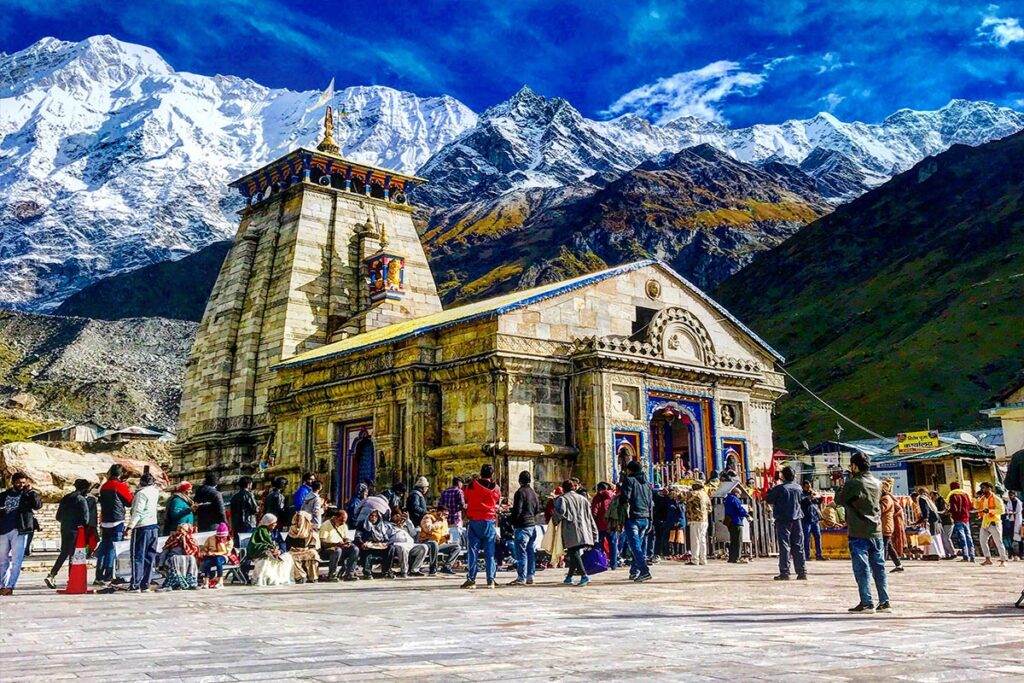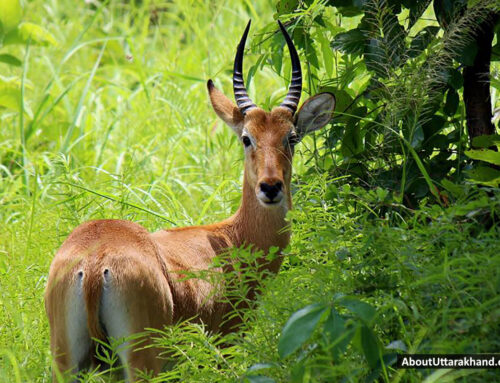Panch Kedar
The famed Panch Kedar pilgrimage circuit, which can be found in the middle of the Himalayan magnificence in Uttarakhand, is considered having an important position in Hinduism. A voyage of dedication, meditation, and exploration, Panch Kedar is made up of five holy temples that are all devoted to Lord Shiva. This spiritual circuit extends an invitation to pilgrims and travelers to set out on a journey of self-improvement that takes them through treacherous landscapes, ancient stories, and the intense presence of the holy.
Table of Contents
Panch KedarDetails About Panch Kedar
History Of Panch Kedar
Best Time To Reach Panch Kedar
How To Reach Panch Kedar
Places To Visit Near Panch Kedar
To Conclude
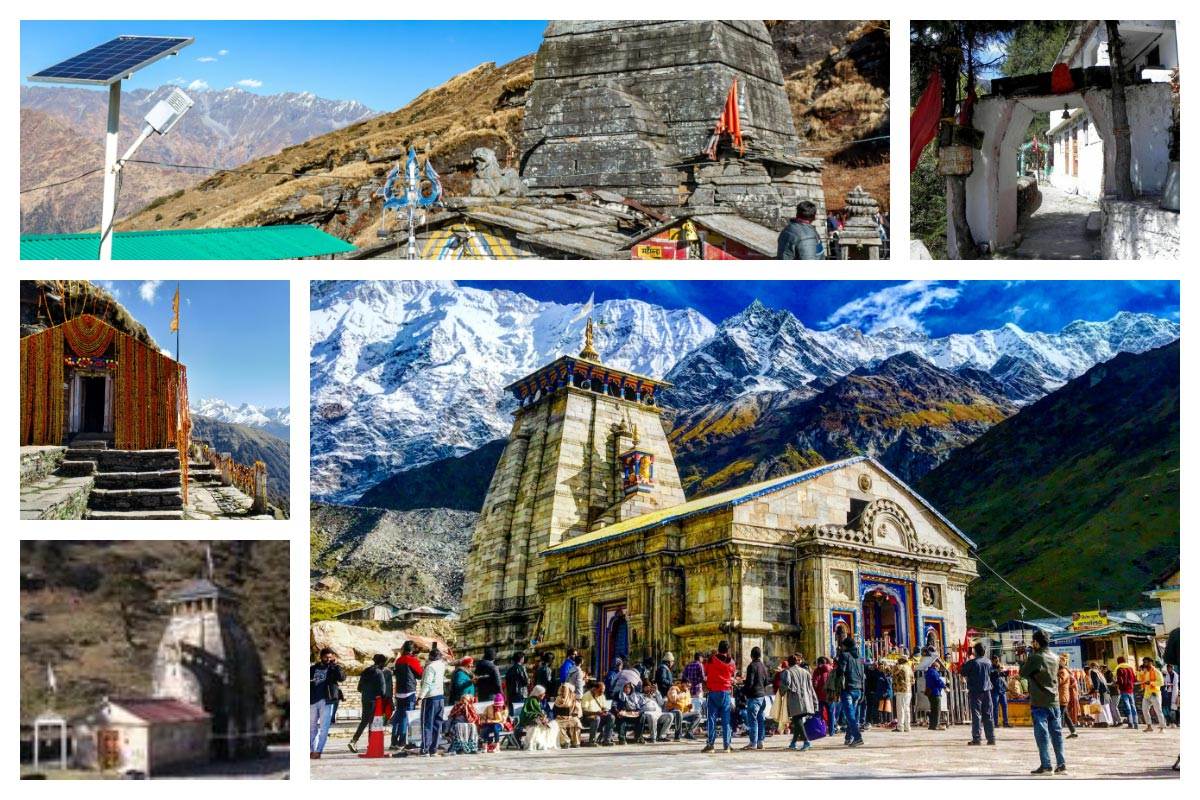
Panch Kedar In Uttarakhand | Photo Credit: Unsplash and iStock
Details About Panch Kedar
The Panch Kedar is a pilgrimage circuit that is devoted to Lord Shiva, one of the most important deities in Hinduism. Its spiritual significance lies in the fact that Lord Shiva is the focus of this devotion. It consists of five temples, each of which depicts a distinct manifestation of Lord Shiva and tells a separate tale of devotion and salvation. The journey is thought to provide devotees with the chance to seek forgiveness, blessings, and self-realization. Because of this, the pilgrimage has a great deal of spiritual importance.
Temples of the Panch Kedar Kedarnath, Tungnath, Rudranath, Madhmaheshwar, and Kalpnath are the five temples that make up the Panch Kedar. The most well-known of them is Kedarnath, which is a representation of the hump that arose at this location and belongs to Lord Shiva. The arm of the God is held by Tungnath, which is the tallest temple dedicated to Shiva in the world. Rudranath is a representation of Lord Shiva's face, Madhmaheshwar is related to his navel, and Kalpnath is a representation of Lord Shiva's hair.
Journey & Pilgrimage: Making the journey to Panch Kedar requires traveling through a variety of sceneries, from mountain meadows to deep forests and harsh terrains. Pilgrims often engage in arduous journeys in order to visit each temple, which adds an element of excitement to the otherwise solemn experience. The months of May through October are traditionally considered being the height of the pilgrimage season, since this is the time of year when the climate is at its mildest and the paths are easiest to traverse.
Panch Kedar not only provides pilgrims with an opportunity to have a spiritual experience, but it also exposes them to the amazing natural beauty that can be found in the Himalayas. The breathtaking panoramas of towering peaks, pure rivers, and verdant valleys provide an awe-inspiring setting for spiritual reflection. The hikes to the temples provide tourists with the opportunity to engage in exciting activities and to see the varied flora and wildlife of the area.
The trip to Panch Kedar offers travelers the chance to get immersed in the local people and the many cultural traditions of the area they visit. Pilgrims have the opportunity to engage in conversation with the residents of the area, benefit from their hospitality, and acquire perspective on how they live. This cultural interchange not only enriches the pilgrimage experience but also helps people to feel more connected to the surrounding area.
Inner change: The Panch Kedar pilgrimage is more than just travel from one geographical location to another; it is also a search for inner change and self-realization. A setting that inspires reflection, meditation, and a closer relationship with the holy is created through physically demanding excursions, spiritually calming environments, and an overwhelming feeling of devotion.
Renewing of the Spirit Panch Kedar is a place where pilgrims may come to refresh their spirits and rediscover their sense of mission in life. A feeling of inner calm and tranquillity may be achieved by combining the spiritual energy that can be found in temples with the natural beauty that can be found in the surrounding area.
History Of Panch Kedar
Five holy Shiva temples, known as the Panch Kedar, may be found in the breathtaking Indian state of Uttarakhand. Kedarnath, Madhmaheshwar, Tungnath, Rudranath, and Kalpnath are among the holiest sites in the Hindu religion, and pilgrims from all over the world go there to worship. The Panch Kedar temples have deep roots in Uttarakhandi mythology, spirituality, and culture.
Finally, the five Panch Kedar temples in Uttarakhand make up a spiritual path that connects mythology, spirituality, and the region's breathtaking scenery. Kedarnath, Madhmaheshwar, Tungnath, Rudranath, and Kalpnath are all sacred sites that represent devotion to and enlightenment via Lord Shiva's many guises. Pilgrims who go to these holy sites do more than follow in the footsteps of historical heroes; they also create a direct line of communication with the divine presence that resounds in the Himalayas.
Best Time To Reach Panch Kedar
Temples of the Panch Kedar (Kedarnath, Madhmaheshwar, Tungnath, Rudranath, and Kalpnath) are best visited in the months of May and June, and September and October. The weather is mild; the Himalayas are clearly visible, and the trails to the holy places are open throughout these months. The Himalayas are at their most spiritually resonant in the spring and fall, when travelers can see the region's verdant scenery without fighting the crowds. Accessibility, tranquility, and a deep spiritual experience are guaranteed for those who make the trek to Panch Kedar at certain times.
How To Reach Panch Kedar
| By Road |
Panch Kedar, also known as the Five Shiva Temples on the Road, is an important pilgrimage destination. Haridwar or Rishikesh are common starting points for the trek. These locations are all accessible through well-kept motorways and mountain routes. You may take a private cab or one of the Uttarakhand Transport Corporation buses to get there. The roads provide breathtaking vistas of the Himalayas and other natural wonders. |
| By Train |
If you are interested in beginning the Panch Kedar Yatra by train, the most significant train station in the area is located at Haridwar. There are train connections available from the major cities of Delhi, Mumbai, and Kolkata to reach Haridwar. After reaching that point, you will need to hire transportation to make the final leg of your journey to the Panch Kedar temples. |
| By Air |
The nearest airport to the Panch Kedar circuit is the Jolly Grant Airport in Dehradun. This airport serves as a hub for flights to and from major cities. To go to the Panch Kedar temples from the airport, passengers may use cabs or buses. |
Places To Visit Near Panch Kedar
| Kedarnath |
Located amid the breathtaking scenery of Uttarakhand, Kedarnath is a symbol of undying faith, profound spiritual importance, and stunning natural beauty. Kedarnath, one of the four holy cities (dhams) in India, is revered as the home of Lord Shiva and draws visitors from all over the world due to its profound spirituality and stunning natural beauty. |
| Tungnath |
A spiritual treasure and a tribute to undying dedication, Tungnath is nestled among the majestic Himalayan hills of Uttarakhand. Tungnath, the highest Shiva temple on Earth, is a popular destination for spiritual seekers, adventurers, and those just looking for some peace and quiet. |
| Rudranath |
Located in Uttarakhand's Garhwal Himalayas, the holy town of Rudranath draws pilgrims and outdoor lovers alike. Rudranath, as one of the Panch Kedar locations, embodies spirituality, natural beauty, and adventure, providing a life-altering experience that touches the hearts and minds of those who visit. |
To Conclude
In conclusion, Panch Kedar is a holy pilgrimage circuit that combines elements of spirituality, adventure, and the natural beauty of the world into a single, life-changing experience. Seekers are encouraged to begin on a journey that will lead them to self-discovery as well as a relationship with the divine. Whether one is on a pilgrimage for religious reasons, the discovery of old stories, or the desire to be immersed in the majesty of the Himalayas, Panch Kedar delivers a once-in-a-lifetime and heart-stirring experience that lives in the hearts of all those who participate in the journey.
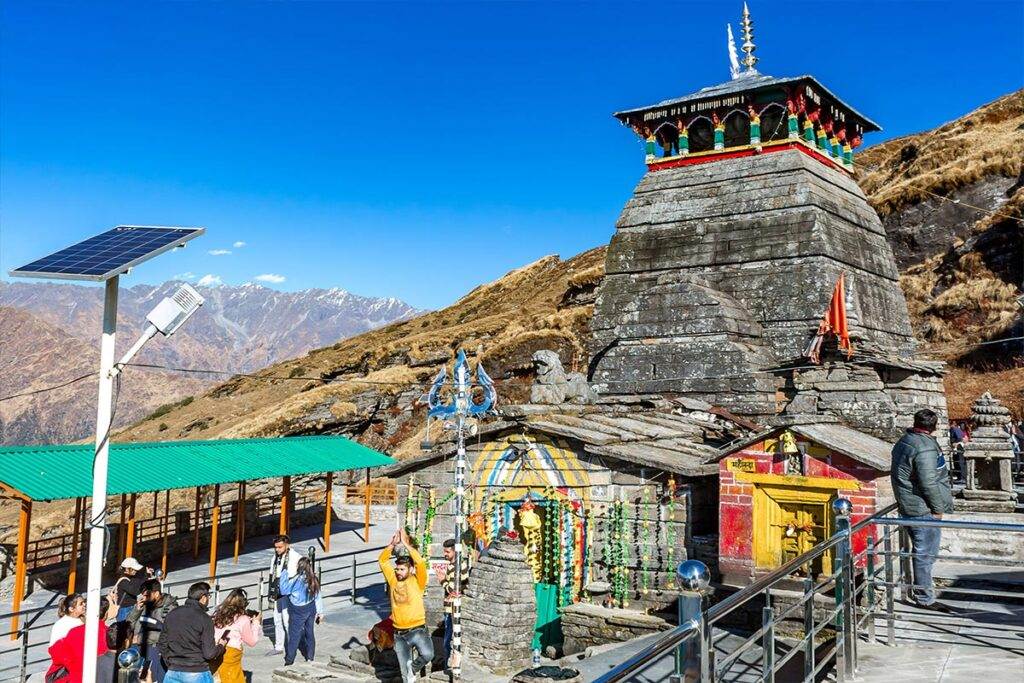
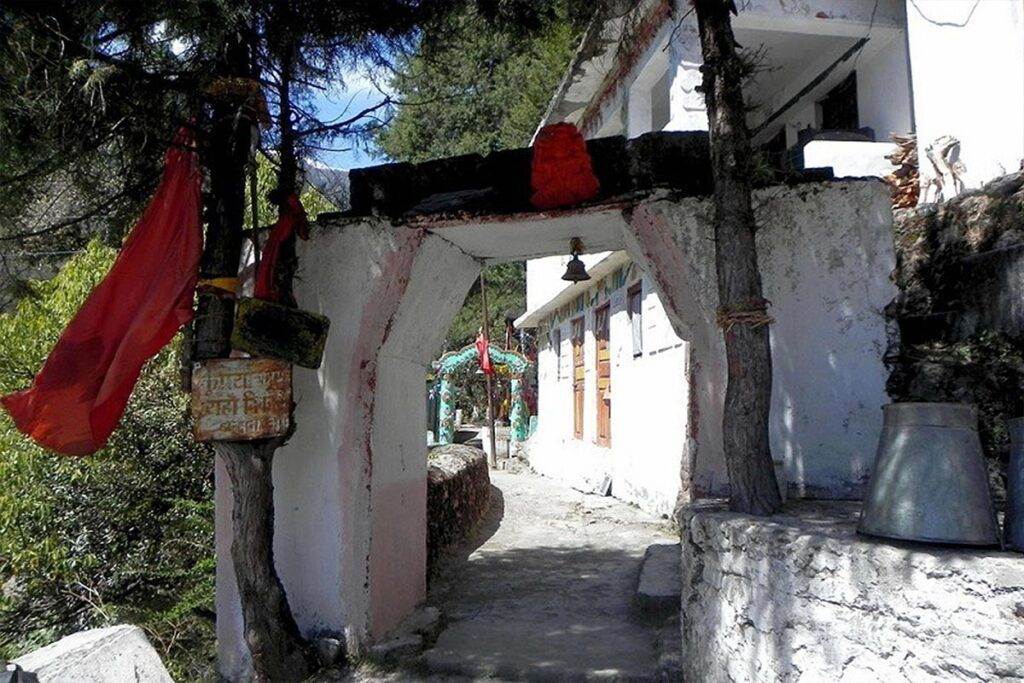
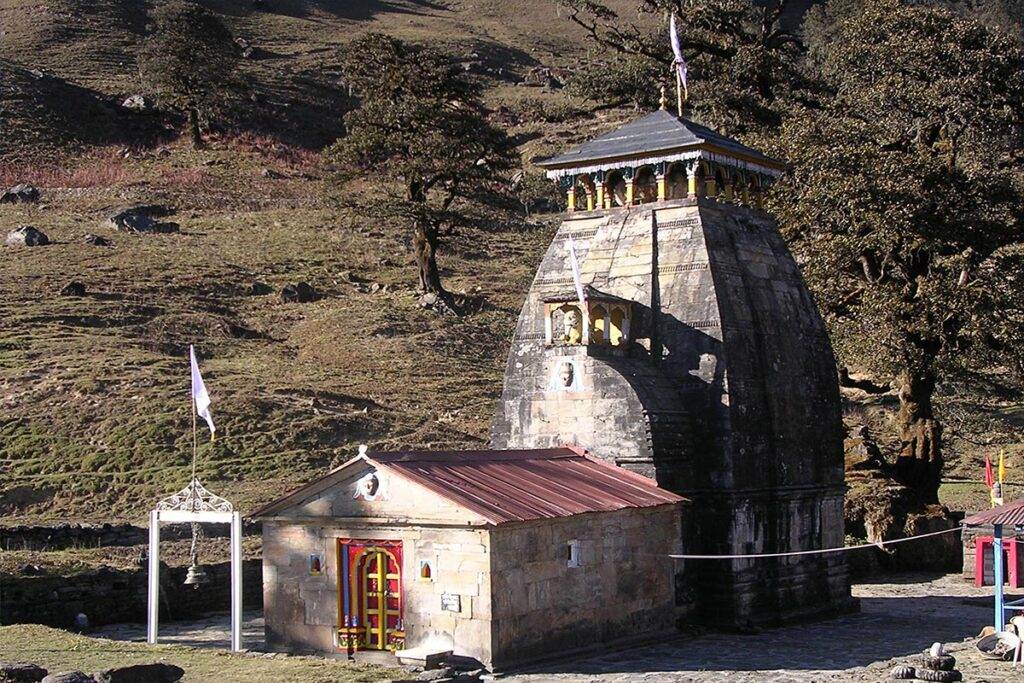



Belle Fable, keeps your trend ahead!
Gaumukh Glacier
The stunning Gaumukh Glacier, in the Uttarkashi region of Uttarakhand, India, is situated close to Gangotri and framed by the towering Garhwal Himalayas. Glaciers like this one attract tourists, hikers, and nature lovers from all over the globe because of the deep religious significance they have for Hindus as the headwaters of the holy Ganges River. The ascent to Gaumukh is an adventure in body and spirit, providing an opportunity to commune with the holy and the natural world.
Nandhaur Wildlife Sanctuary
The Nandhaur Wildlife Sanctuary is a haven for wildlife and stunning scenery, set in the tranquil hills of Uttarakhand. This sanctuary, in the Nainital District close to Haldwani, is a paradise for people who appreciate nature and animals. Its varied habitats, which include grasslands, ponds, and thick forests, have earned it recognition across its 269 square kilometers of territory.
Sonanadi Wildlife Sanctuary
The Sonanadi Wildlife Sanctuary invites animal lovers and nature lovers to come and enjoy the quiet beauty of Uttarakhand's serene surroundings. Hidden in the Nainital District, not far from Nainital, lies a refuge that begs to be discovered. Its varied wildlife and flora make this area, which covers around 301.18 square kilometers, a popular destination for ecotourists and those interested in biodiversity.
Binsar Wildlife Sanctuary
The Binsar Wildlife Sanctuary is a haven for wildlife and a monument to Uttarakhand's rich biodiversity, is situated in the picturesque Kumaon Himalayas. Nature lovers and wildlife aficionados will find this refuge, situated near Almora in the Almora District, to be a paradise. Covering about 47.04 square kilometers, it is famous for its verdant forests, varied fauna, and breathtaking views of the Himalayan mountains in the distance.
Tawaghat Wildlife Sanctuary
The Tawaghat Wildlife Sanctuary is a haven for adventurers and ecotourists, tucked away in the foothills of the towering Himalayas. This hidden gem of a sanctuary is located near Dharchula in Uttarakhand's Pithoragarh District. Despite its relatively tiny size (around 70 square km), this animal sanctuary is just as magical as any other.
Chilla Wildlife Sanctuary
.The Chilla Wildlife Sanctuary, located on the banks of the pure Ganges River, is a living monument to the beauty and variety of Uttarakhand's natural landscape. This sanctuary is a paradise for anyone who love nature and wildlife; it is located in the Pauri Garhwal District, close to Rishikesh. Covering over 249 square kilometers, it is a major wildlife sanctuary in the state that provides a peaceful haven amidst the majestic Himalayas.



